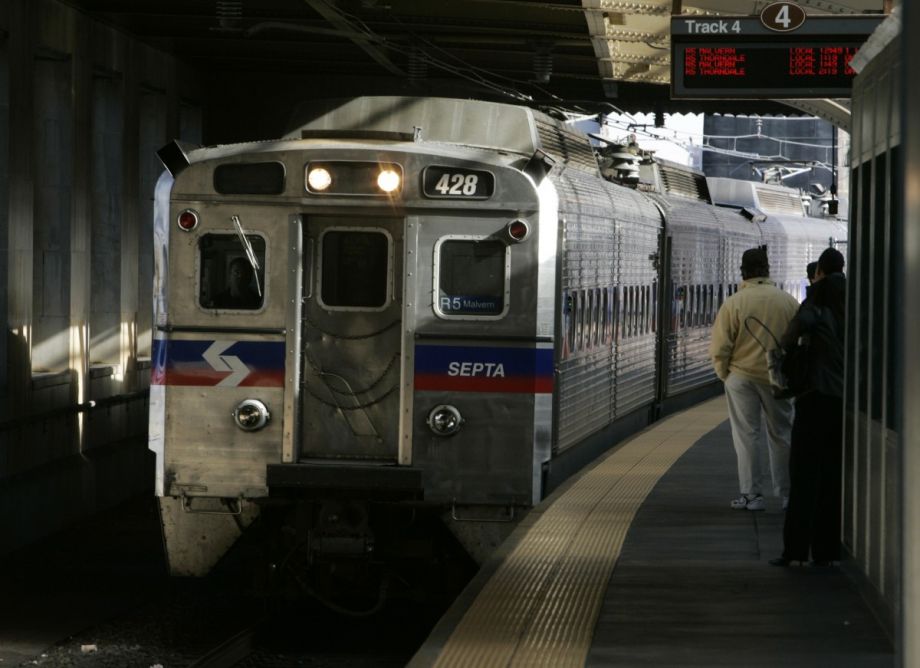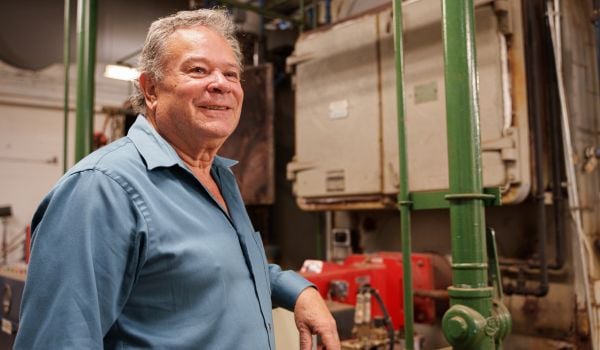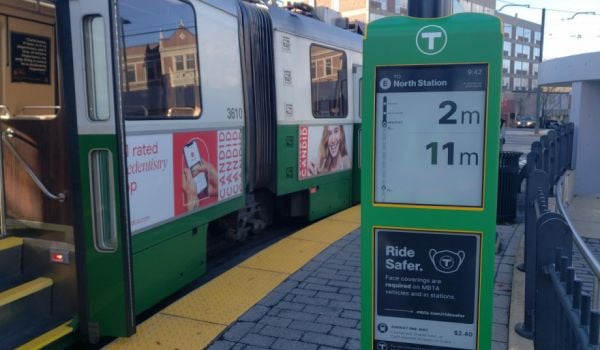Transit agencies have known for some time that capturing the energy generated when trains slow down, a process known as “regenerative braking,” can save money and reduce the need for purchased electricity, and systems all over the world have explored ways to use that energy to help run their trains.
But in the United States, no transit system has yet attempted to use regenerative braking as a major power supply system in its own right.
Until now, that is. Improvements in storage battery technology combined with the emergence of a competitive market for electricity have made it practical and cost-effective for transit systems to once again become their own power producers.
One agency has decided to enter this field in a big way. The end result will be millions of dollars in savings for the agency and a way to make its rapid transit system more resilient when disaster strikes.
Philadelphia’s Southeastern Pennsylvania Transportation Authority announced last week that it was expanding a successful pilot program that installed huge lithium-ion storage batteries in two of its power supply substations to its entire rapid transit network.
The batteries, installed along the Frankford elevated railway section of the Market-Frankford Line, turned trains rolling through parts of Northeast Philadelphia into power generators, producing both revenue and savings for the agency, through the sale of surplus power and storage capacity.
The expansion of the battery network will happen thanks to a public-private partnership that will give SEPTA the additional power storage capacity for free. To pay for the network, Constellation, the power supplier that will install and manage the seven new batteries, will sell some of the storage capacity to PJM Interconnection, the operator of the Philadelphia region’s power distribution system, for use when needed to even out the flow of electricity through its transmission lines. Viridity Energy, SEPTA’s power broker for its existing battery storage, will perform the same role for Constellation under this arrangement.
SEPTA saves money and gets an internal source of reliable backup power. Constellation expands its competitive power management services capacity, and PJM increases its ability to maintain a steady flow of power across its transmission lines. The benefits to the public? Commuters should get improved transit system reliability as well as reduced strain on the public purse.
There’s a plus for the environment too, because the regenerative braking system and the batteries reduce the need for conventionally generated power.
“SEPTA’s sustainability program is all about finding and deploying cutting-edge innovations to reduce costs in addition to improving environmental performance,” SEPTA General Manager Jeffrey D. Knueppel said in a news release announcing the expansion. “This project is right in that sustainability sweet spot.”
Erik Johanson, SEPTA’s director of innovation, said that the 8.75 megawatts of storage capacity the new batteries will provide will produce upwards of 3 million kilowatt-hours of savings in electricity each year. (Added to the 1.8 megawatts the existing batteries can store, this gives SEPTA more than 10 megawatts of storage, a substantial amount and the largest under the control of a transit system.) Because falling prices for natural gas and coal mean the price of generated power is in flux, Johanson declined to provide an exact dollar amount for the electricity savings, but Constellation is also making efficiency improvements to SEPTA’s power supply network that it guarantees will save the agency $26 million annually.
“It’s PJM’s forward-looking approach to [competitive energy] markets that allows us to do this,” Johanson said. PJM, the nation’s oldest power pool, has many years of experience managing the distribution of power from multiple sources, making it uniquely well equipped to deal with a world in which everyone from a rowhouse owner with a rooftop solar installation to a large company or agency could generate power and feed it into the grid.
SEPTA’s new batteries are valuable for PJM because “all those rooftop solar and wind installations introduce instability into the grid,” Johanson explained. When too much power is being fed into the grid, PJM can obtain storage space from SEPTA and Constellation through Viridity, and when the input drops, PJM can then draw the power stored in in those batteries once again.
PJM’s transmission system extends across all or part of 13 states and the District of Columbia, which means that other transit agencies on its network could set up a power generation and storage system like this one. Officials at the Chicago Transit Authority and the Washington Metropolitan Area Transportation Authority, both of whose rapid transit systems are fed by the PJM grid, might want to take notes. Others elsewhere may want to see if their transmission system operators are interested in similar arrangements.
But as of now, Johanson says, “We’re the only ones doing this. Other agencies are doing things like onboard storage on vehicles and dabbling with wayside storage, but we’re the only ones doing this at scale. Our 10 megawatts of capacity puts us at the top of the list.”
Johanson says the pilot installations supply about 8 percent of the total power consumption on the Frankford El segments they serve. Because Constellation will use some of the new batteries’ capacity, they will supply a slightly lower share: about 5 to 8 percent.
“This is also a resilience project,” he adds. “This new source of energy will serve as a backup source of power in the event of a local outage.”
The Works is made possible with the support of the Surdna Foundation.

Next City contributor Sandy Smith is the home and real estate editor at Philadelphia magazine. Over the years, his work has appeared in Hidden City Philadelphia, the Philadelphia Inquirer and other local and regional publications. His interest in cities stretches back to his youth in Kansas City, and his career in journalism and media relations extends back that far as well.
Follow Sandy .(JavaScript must be enabled to view this email address)

















